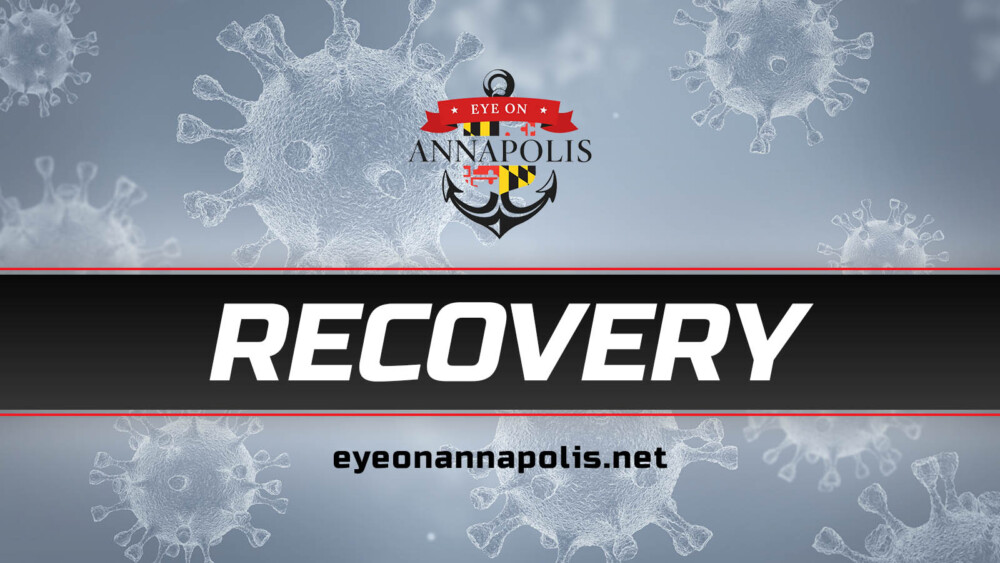
 Governor Larry Hogan today announced that to address the rise in heating costs, recipients of the state’s utility and electric assistance will receive enhanced benefits during this home heating season. The state is also increasing funding for weatherization assistance programs to improve energy conservation.
Governor Larry Hogan today announced that to address the rise in heating costs, recipients of the state’s utility and electric assistance will receive enhanced benefits during this home heating season. The state is also increasing funding for weatherization assistance programs to improve energy conservation.
“The relief we are announcing today will help our most vulnerable residents keep up with higher energy costs and stay warm throughout the winter months,” said Governor Hogan. “This is all part of our commitment to devote some of our record budget surplus to helping Marylanders in need.”
This assistance will be administered by the Maryland Department of Human Services (DHS) and the Maryland Department of Housing and Community Development (DHCD).
Enhanced Benefits for Utility and Electric Assistance. The State of Maryland is enhancing the minimum benefit for electric and heating assistance eligible recipients to further support vulnerable populations.
- Through the Maryland Energy Assistance Program (MEAP), recipients will see their minimum benefit increase by 66%, from $300 to $500. Overall, MEAP is receiving a 30% increase in funding to support this enhanced benefit.
- Through the Electric Universal Assistance Program (EUSP), recipients will see their minimum benefit double from $150 to $300. Overall, EUSP is receiving a 32% increase in funding to support this enhanced benefit.
“Every year, more than 100,000 Maryland households who feel squeezed by high energy costs benefit from our energy assistance programs,” said Secretary Lourdes R. Padilla of DHS. “The actions taken by Governor Hogan provide help for struggling Marylanders dealing with higher heating and energy bills.”

Weatherization Assistance. The state will provide $29 million in weatherization assistance program funding across the next two years—a 190% increase—to further help households across Maryland install energy conservation materials. These measures both reduce the consumption of energy and the cost of maintenance for these homes.
Supplemental Energy Bill Assistance. Based on the projected increase in heating and cooling costs by the U.S. Energy Information Administration’s Winter Fuel Outlook, $30 million in supplemental bill assistance will be issued to utilities on behalf of customers and applied over a six-month billing period. Low-income households in Maryland should expect to receive approximately $83 per month in bill assistance over six-month periods in FY 2022 and FY 2023 respectively.
Expanded Energy Assistance Outreach. Outreach funding of $5 million will be administered by DHS to its community-based organizations, which assist vulnerable populations in each of Maryland’s 24 jurisdictions with completing applications, submitting any necessary follow-up documentation, and answering questions about energy assistance programs.
Residents in need of energy assistance may apply online, mail in an application, or apply in person at a local Home Energy Program Office located in each of Maryland’s 24 jurisdictions. Detailed information on how to apply can be found on the DHS website.
Visit the DHS and DHCD websites for additional program details, including eligibility information, contact information, and answers to frequently asked questions.










































